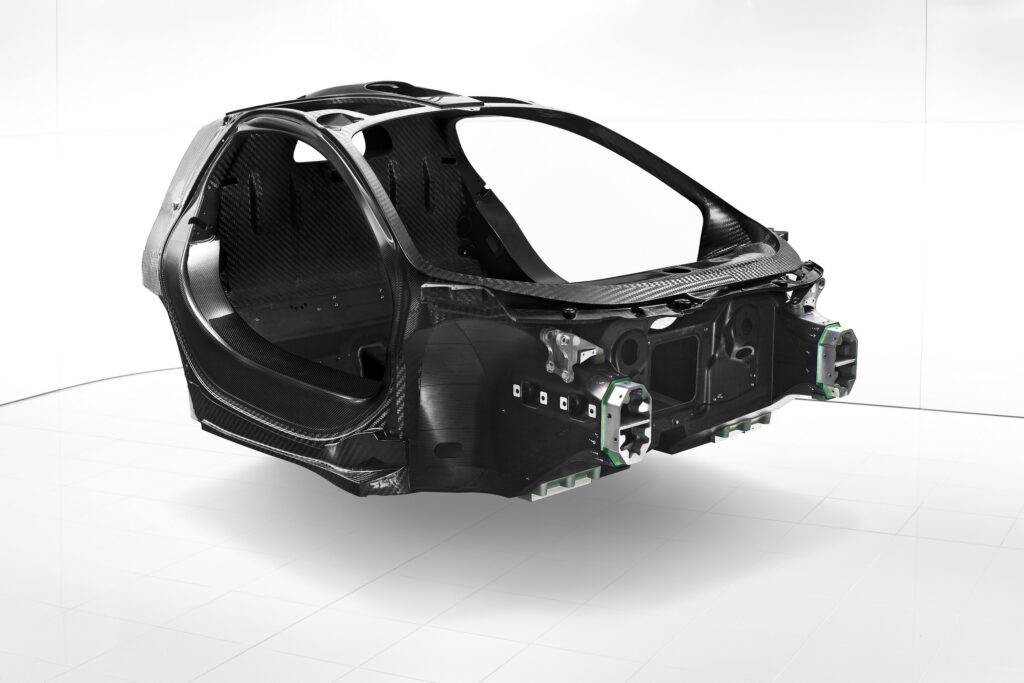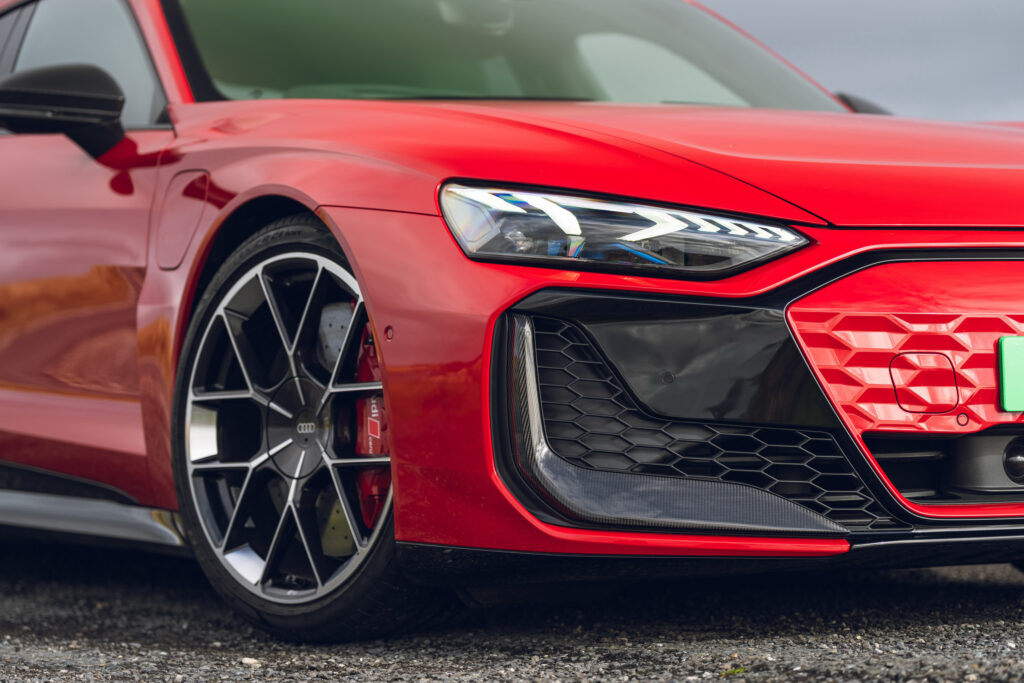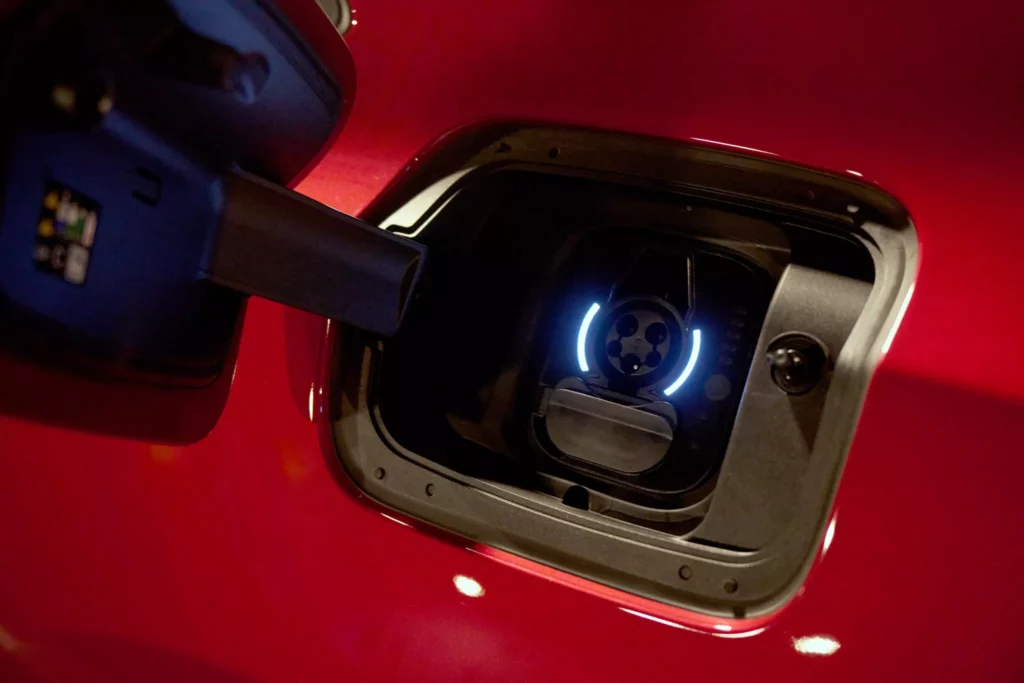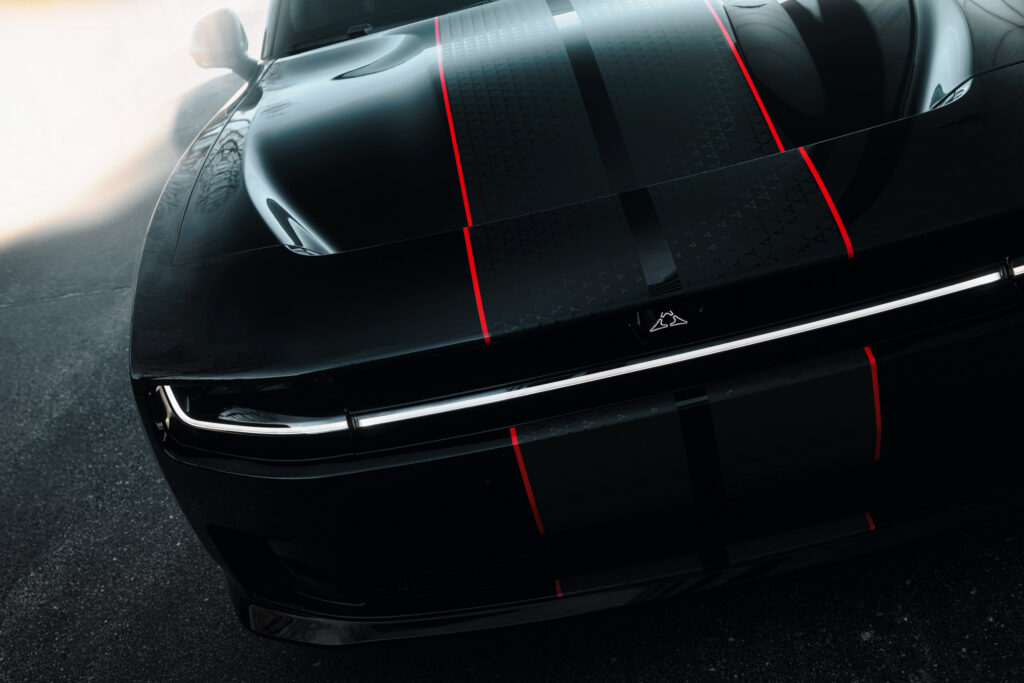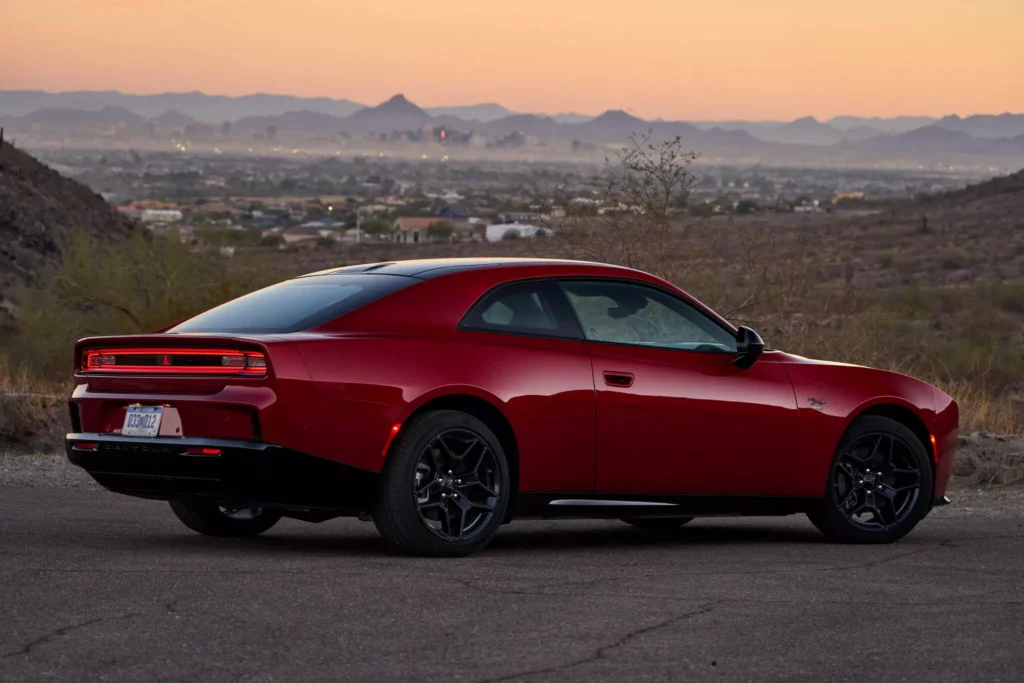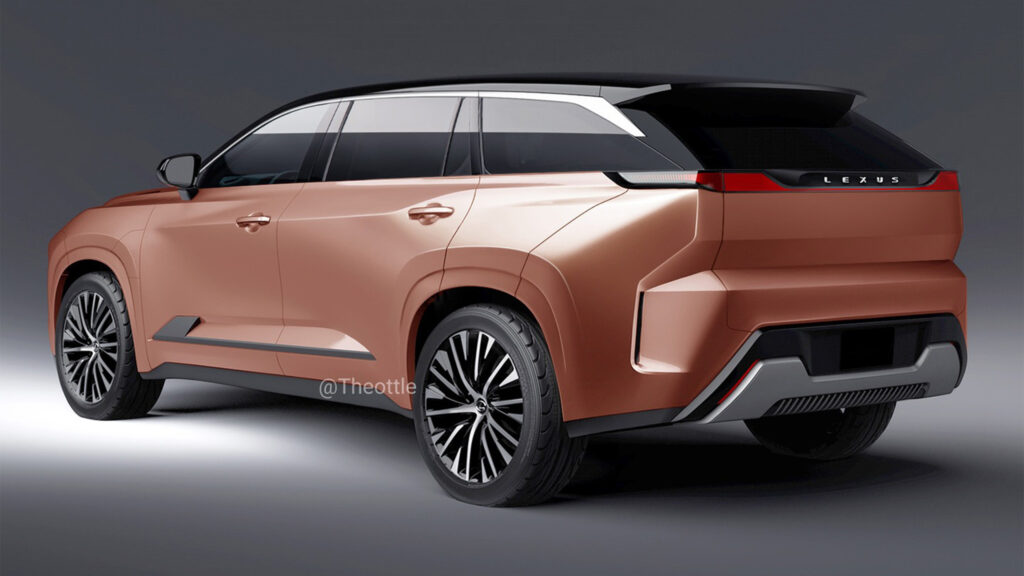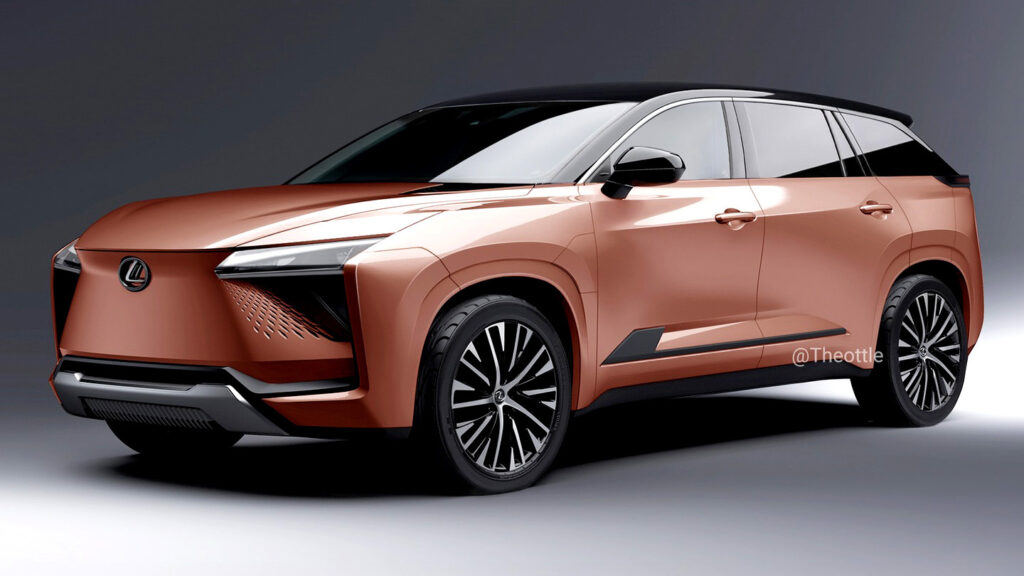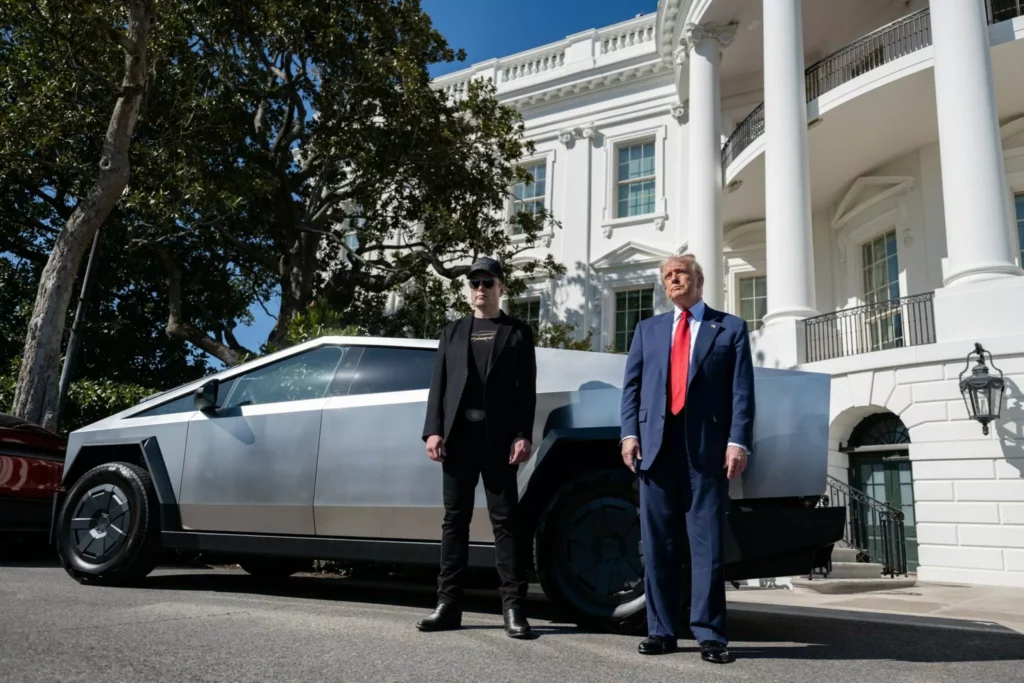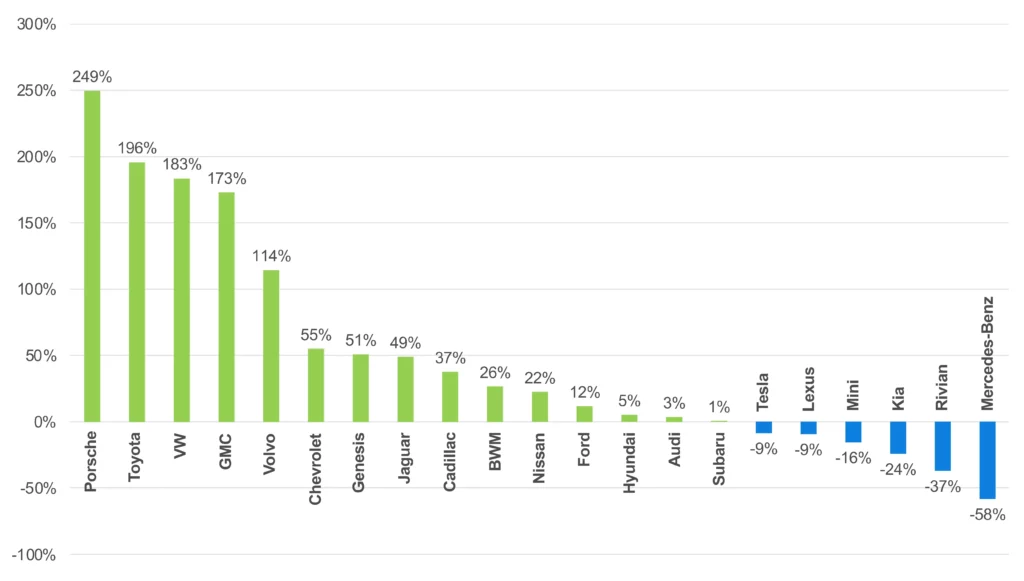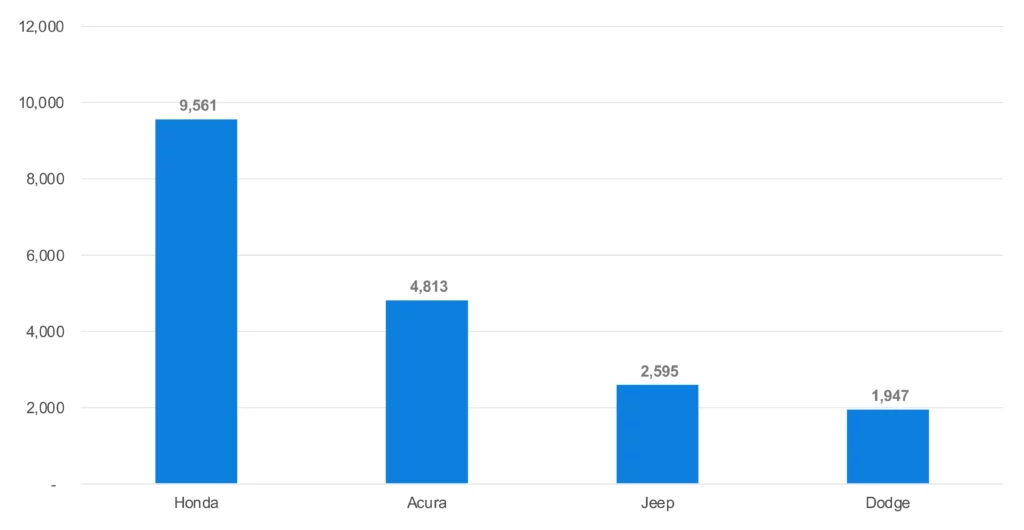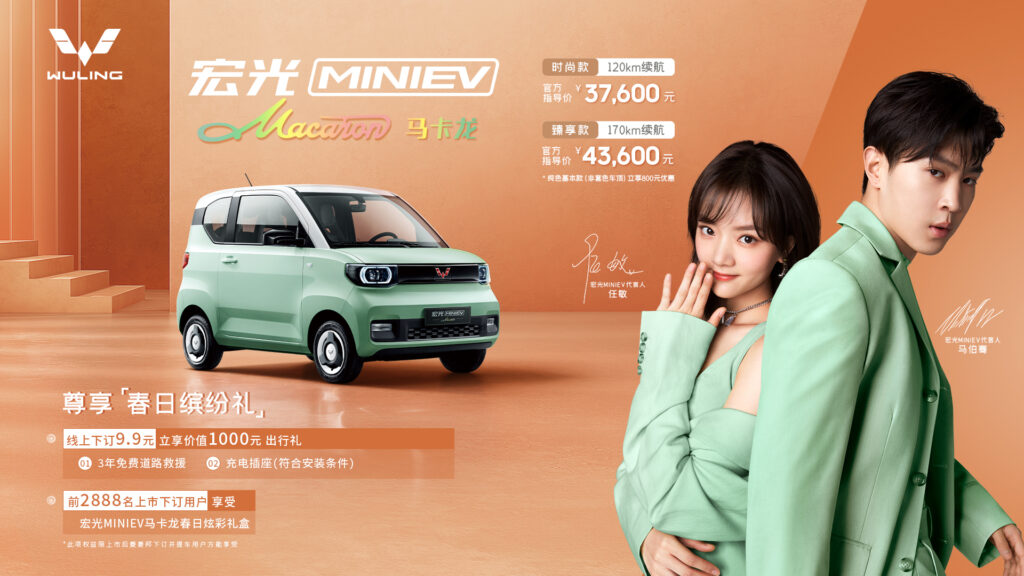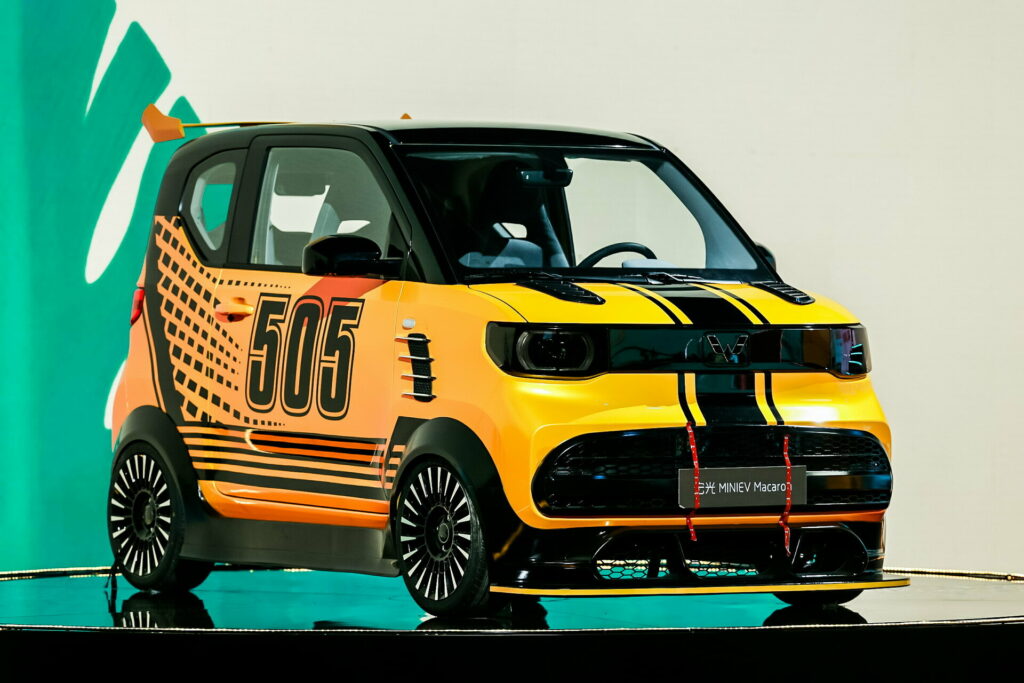When student transporters seek new school bus equipment, what do they look for? The options can be intricately dizzying, prompting them to turn to a resource that previously assisted with mundane email issues and computer peripherals not working.
Susan Keller, like many student transportation leaders, relies on the expertise of her school district IT department to help make the right choices, especially when it comes to implementing a new camera system. The transportation manager for Cumberland Valley
School District in Mechanicsburg, Pennsylvania, said IT played a “critical” role in upgrading to Safe Fleet camera systems and the cloud-based Commander video management system in August 2023.
“They provide all of the technical knowledge in achieving our dream of a hands-off school bus camera system,” she added. “We are now able to access video independently without inconveniencing contractors and drivers with requests to manually retrieve video.”
Cumberland Valley, she explained, uses several small and large contractors in addition to the 90 district school buses that operate three-tiers of service each day across a 103-squaree-mile service area. The school district purchases and installs the equipment into the contractors’ vehicles, a complex project in itself.
“While looking at various school bus camera models, I was in constant conversation with our IT department as to what each scenario would involve from their end,” she said. Several questions needed answers. Would the system require Wi-Fi access points on buildings? Would access points at contractor lots be prudent? Would the district choose cellular technology? If so, what would that annual cost be?
“There were many details that I would not have known to ask or look for that they were able to guide me in,” Keller shared.
In the end, IT drove the decision to utilize Wi-Fi hotspots with access spots at each school building and bus loop as well as the transportation facility. Cellular with its monthly data cost and live look-in feature was deemed too expensive and challenging to manage.
“Everybody’s always shorthanded,” she added. Keller said she can now respond to requests made from drivers during their route to download and review flagged footage at her desk. Previously, she shared, anyone including contractors could download video and
store it on their computers or upload it to Google Drive. “It was not as secure as we would have liked,” she explained.
Meanwhile, Denver Public Schools in Colorado is working closely with its IT department as well as multiple vendors on a suite of video solutions that includes AI-enhanced software.
Albert Samora, the executive director of transportation, said Denver is due for an upgrade, as the existing cameras date back to 2018. But first, he wants to ensure the current project, which was slowed by COVID-19, is a success.
The first phase, all video storage and management moving to the cloud, went as planned. Phase two, seamlessly connecting each school bus camera system to Wi-Fi and cellular for downloading, is in process.
“Our intention with this solution for our cameras was to have access anywhere in the city,” he explained. That entails school buses connecting to Wi-Fi at the transportation facility, using cellular while on route and then connecting again to Wi-Fi access points at each school building during drop-off and pick-up. That has been a challenge.
“We ran into the problem that when they would get to the schools, even though the network is the same network, because of the different IP address it would see [the attempted connection] as a threat,” he continued, adding the issue is with the school district firewall. “We’re currently working through that.”
The temporary solution is to only access videos at the transportation facilities via Wi- Fi. Progress has been slow, thanks to the COVID-19 slowdown that Samora said the district is just now emerging from. That led to the following recommendation.
“Take your advice from somebody technical. Pull technical teams together and have them make promises that are realistic,” he shared, citing the importance of working closely with the school district’s IT department to manage expectations and hold all parties accountable.
Phase three is expected to be the incorporation of live video from Samsara’s AI-enhanced driver coaching cameras, which Denver currently only uses in its white fleet vehicles, with the existing Safety Vision school bus cameras.
Currently, the district has a forward-facing camera out the front windshield that Samora said he would like replaced by the Samsara system that views the road and the driver. The four Safety System cameras would record footage of the stairwell, from the rear forward, the forward to the rear, and in the middle of the school bus.
Next, Samora said he’d like to take AI to the next level by using his camera system to predict other risk factors, such as bus aides working with students during routes. “I’m looking for a company that can provide me data on a possible [paraprofessional] striking a student,” citing a desire to avoid incidents like those that have occurred recently in neighboring school districts.
He added that he would be interested in creating personal space boundaries around students and staff, similar to a geofence, for detecting when a normal action crosses the line to something improper or downright illegal—the difference between an aide handing a child a tablet and the aide back-handing the child, or proper child safety restraint securement and inappropriate or illegal touching.
“Instead of me having to go through hundreds of hours of video, I can actually get a report that says the risk factor on this, if we said the risk factor is zero to 10, is a seven and a half. And that’s not acceptable. I’ve got to look at this, get a set of human eyes on it,” added.
Samora, who has a bachelor’s degree in computer engineering. “For me, it’s interesting. I don’t know that it’s a new idea, but I haven’t heard of the industry talking about this.”
He said he also wants to receive similar instant alerts to review video when yaw sensors detect, for example, driver acceleration and harsh braking that reaches a certain risk level. Student transportation operations rely heavily on IT, but none more so than First
Student, North America’s largest school bus contractor. Camera systems are just one piece—a vital one—of the extensive technology suite integrated across a fleet of 45,000 school buses.
However, managing the data, particularly video footage, presents the biggest challenge.
With all the data collection now possible for student transporters, video or otherwise,
that’s where IT can play an active role.
“You can get all this data from technology, but it’s what you do with it, right?” commented Melinda Hall, First Student’s operations support manager. “You need IT to pull the reports together, give you what you need, so that operations can then do something with it.”
That requires IT to be privy to conversations between transportation departments and vendors in terms of not only the technology but what school districts are looking and what parents are wanting school districts to deliver.
“Senior IT members are starting to go into the bidding proposal process and participate, because of the saturation of technology offerings,” said Brent Maher, First Student’s vice president of information technology, adding that for as large as the company is, IT can’t be a part of every deal. A school district IT department at a smaller scale likely would have similar time and workforce constraints. Maher said the most important aspect is for transportation to engage IT professionals for their expert perspectives and know-how.
“If a school district is going to invest any energy in their transportation technology management, we recommend they focus on student data,” he concluded.
Editor’s Note: As reprinted in the March 2025 issue of School Transportation News.
Related: 8 Must-Know Tips for Bus Camera System Installations
Related: Districts Share How Unified Software Solution Simplifies School Bus Operations
Related: Baltimore County to Install New School Bus Cameras Ahead of Classes
Related: Data: The Power Behind Streamlined Fleet Management
The post As Camera Systems Evolve, IT Collaboration Necessary appeared first on School Transportation News.






